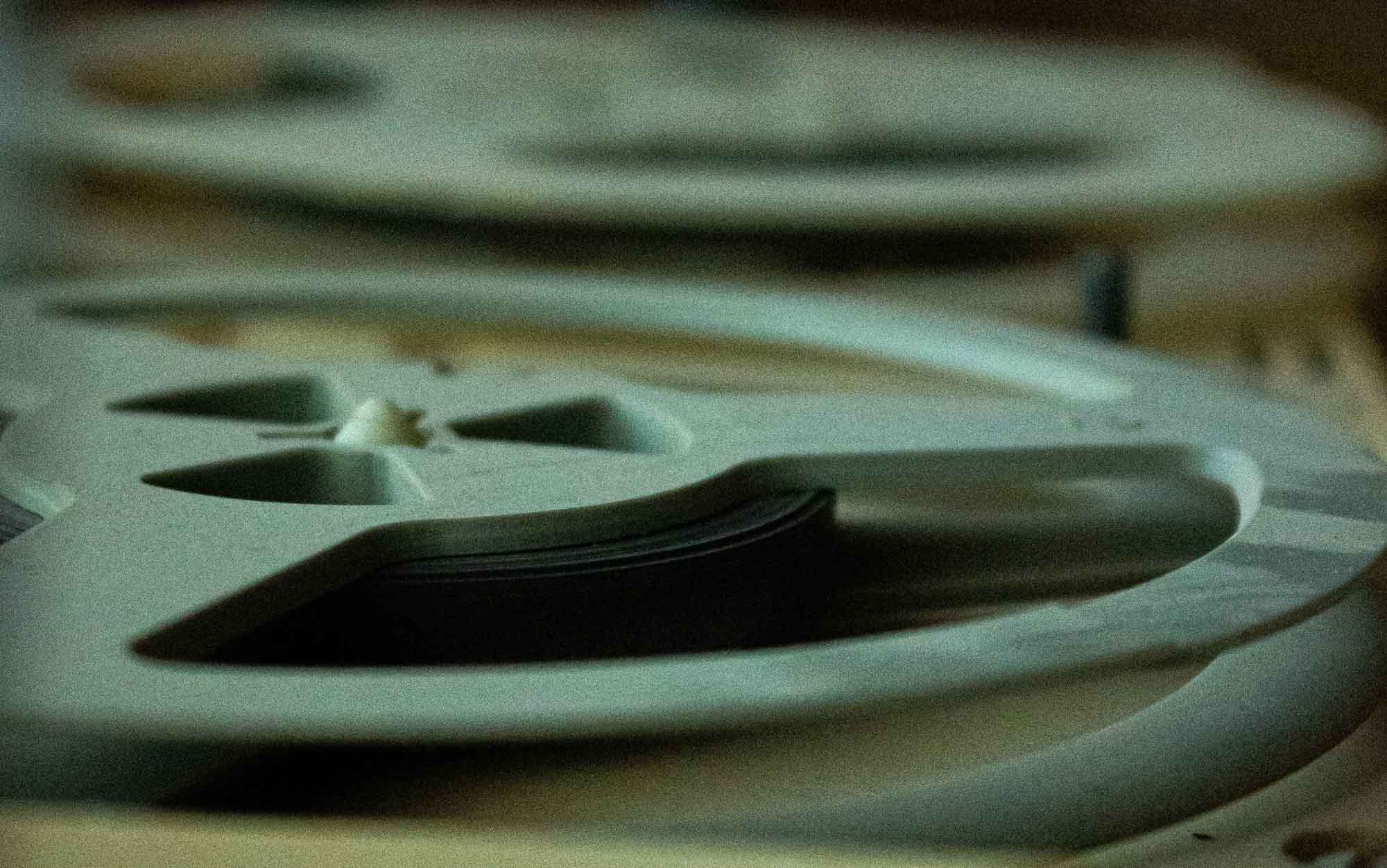Saturday 3 and Sunday 4 September as part of the Electronics Fair promoted by the Centro Fiera Montichiari, in Hall 5 historically dedicated to radio, the AIRE association (Italian Association for Vintage Radio) will exhibit a special exhibition entirely dedicated to vintage magnetic recorders.
The history of magnetic recording starts in 1898 with the invention of the “Telegraphone” by the danish scientist Valdemar Poulsen, in the form of a cylinder on which a steel wire was wound, a project that in the following years evolved into a constituted mechanism by two cylinders that dragged the steel wire.
In 1930 Kurt Stille conceived a recorder of enormous dimensions and with higher quality with steel band instead of wire, which was produced by Marconi & CO. and purchased by the BBC in some copies to record their own broadcasts. In 1933 the austrian Pleumer invented the first true magnetic tape recorder, followed by the realization in 1935 of the “Magnetophon” produced and marketed by BASF, a renowned manufacturer of magnetic tapes. However, tapes and recorders remained confined to Germany as a strategic product for military use, while in the rest of Europe the old steel wire recorder was used until 1953, when Geloso began to market the first magnetic tape recorder for domestic use.
The next evolution took place in 1967, with the invention and mass distribution by Philips of the “Compact Cassette”, commonly referred to as “audiocassette”.
The exhibition proposed by AIRE at Fiera dell’Elettronica is a unique opportunity to closely admire a selection of unique objects, retracing the history of broadcasting and the technological evolution that has accompanied them over the years.


